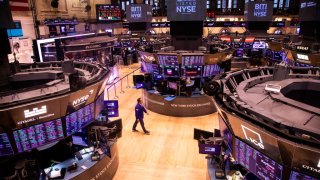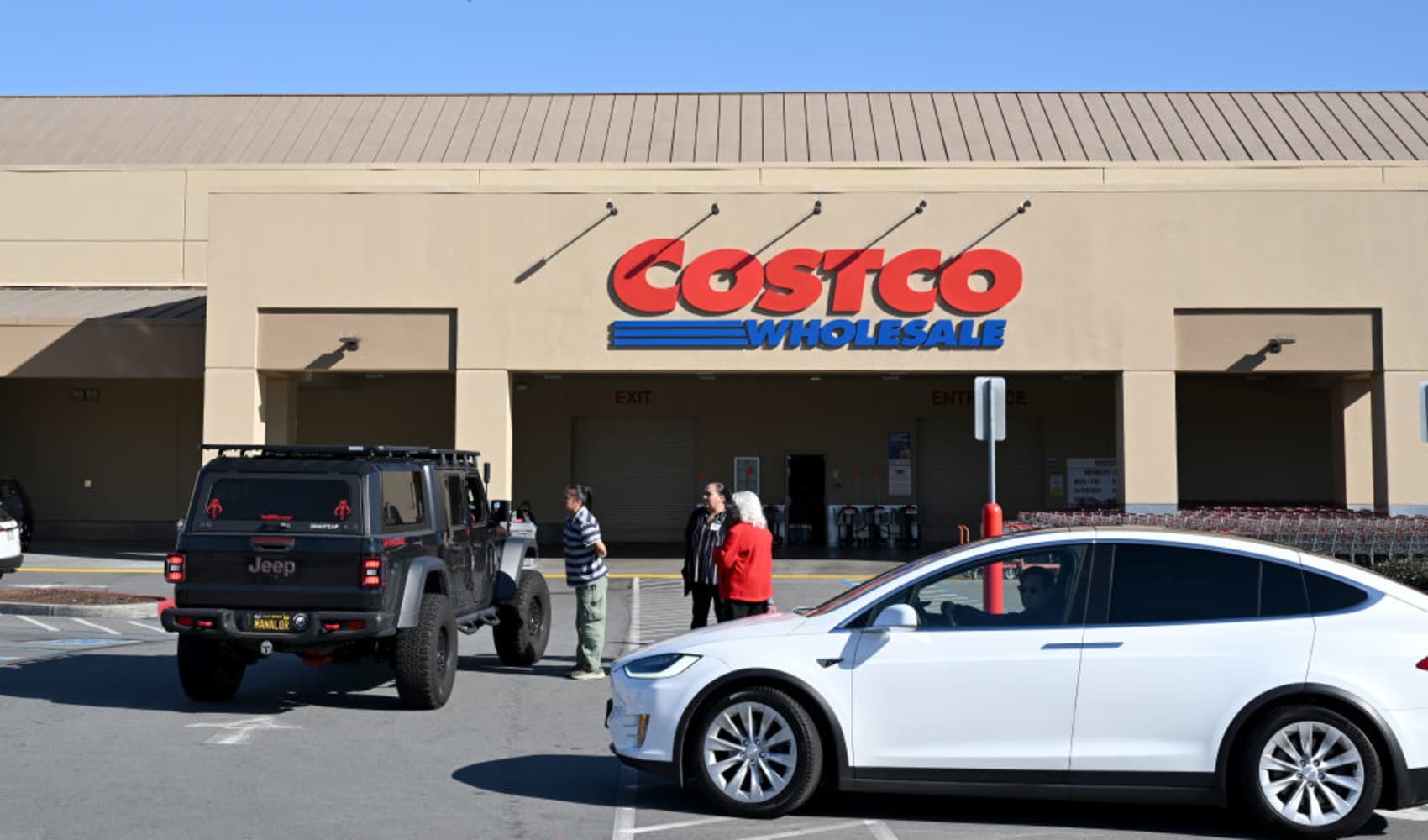
A trader walks on the floor of the New York Stock Exchange (NYSE) in New York, U.S., on Monday, June 27, 2022.
U.S. Treasury yields ticked downward on Tuesday as the closely watched 2-year/10-year yield curve remained inverted and hit its lowest level since 2007.
The 2-year dropped more than 2 basis points to trade at 3.045% but remained above the 10-year Treasury, which dropped 2 basis points to 2.951%. The yield on the 30-year Treasury bond traded 2 basis points lower at 3.16%. Yields move inversely to prices, and a basis point is equal to 0.01%.
The widening spread between the 2-year and the 10-year is signaling a "very clear recession warning," especially if it reaches 15 basis points, wrote Tom Essaye of The Sevens Report.
"Bottom line, the 10s-2s spread is starting to run out of time to turn back positive and simply continue to warn of stagnant growth. If it stays negative and declines further, that's a clear recession signal from 10s-2s and it'd make us more defensive in equity allocations," he wrote.
Get top local stories in San Diego delivered to you every morning. Sign up for NBC San Diego's News Headlines newsletter.
In other news, traders prepared for key inflation figures and earnings from major banks due out later this week. June's consumer price index, scheduled for release Wednesday, is expected to show headline inflation rising above May's 8.6% level.
The dollar, which has rallied nearly 13% this year, reached a two-decade high as gold hit its lowest level since late September.
Meanwhile, President Joe Biden began his Middle East trip, which includes a visit to Saudi Arabia and meetings with OPEC leaders in an effort to push for higher oil production to ease prices.
Money Report
Yields had jumped on Friday following June's jobs report, on the assumption that the U.S. Federal Reserve will be more aggressive with its rate-hiking path as nonfarm payrolls increased 372,000 last month, according to the Bureau of Labor Statistics. Economists predicted the U.S. economy would add 250,000 jobs, according to the Dow Jones.
—CNBC's Matt Clinch contributed to this report.






